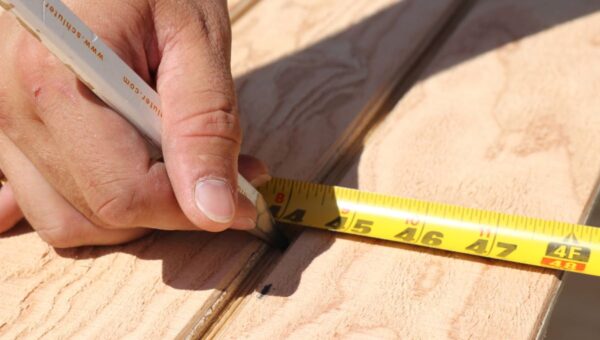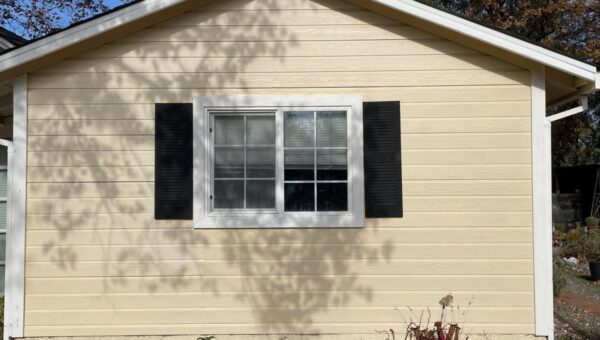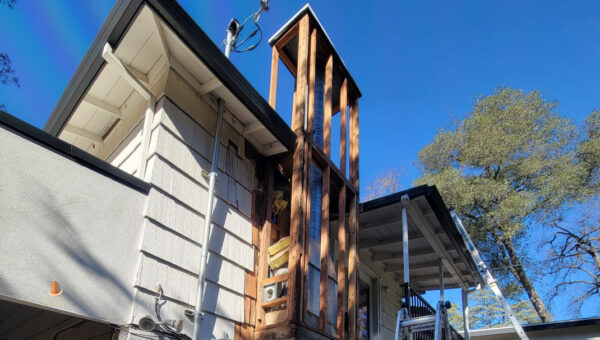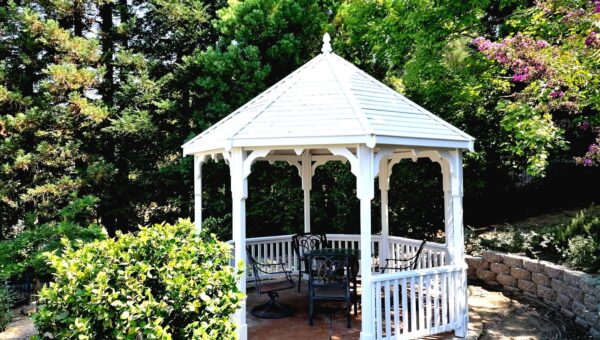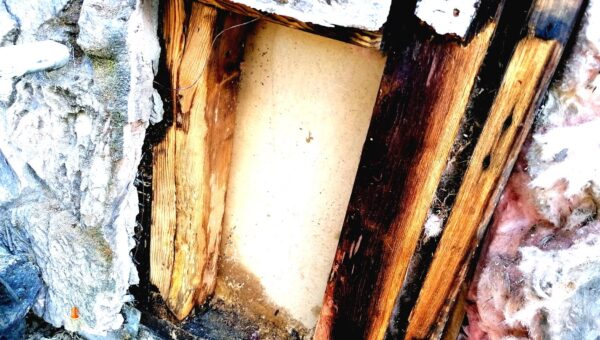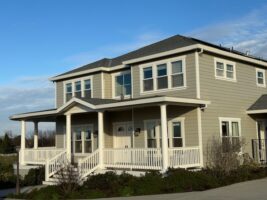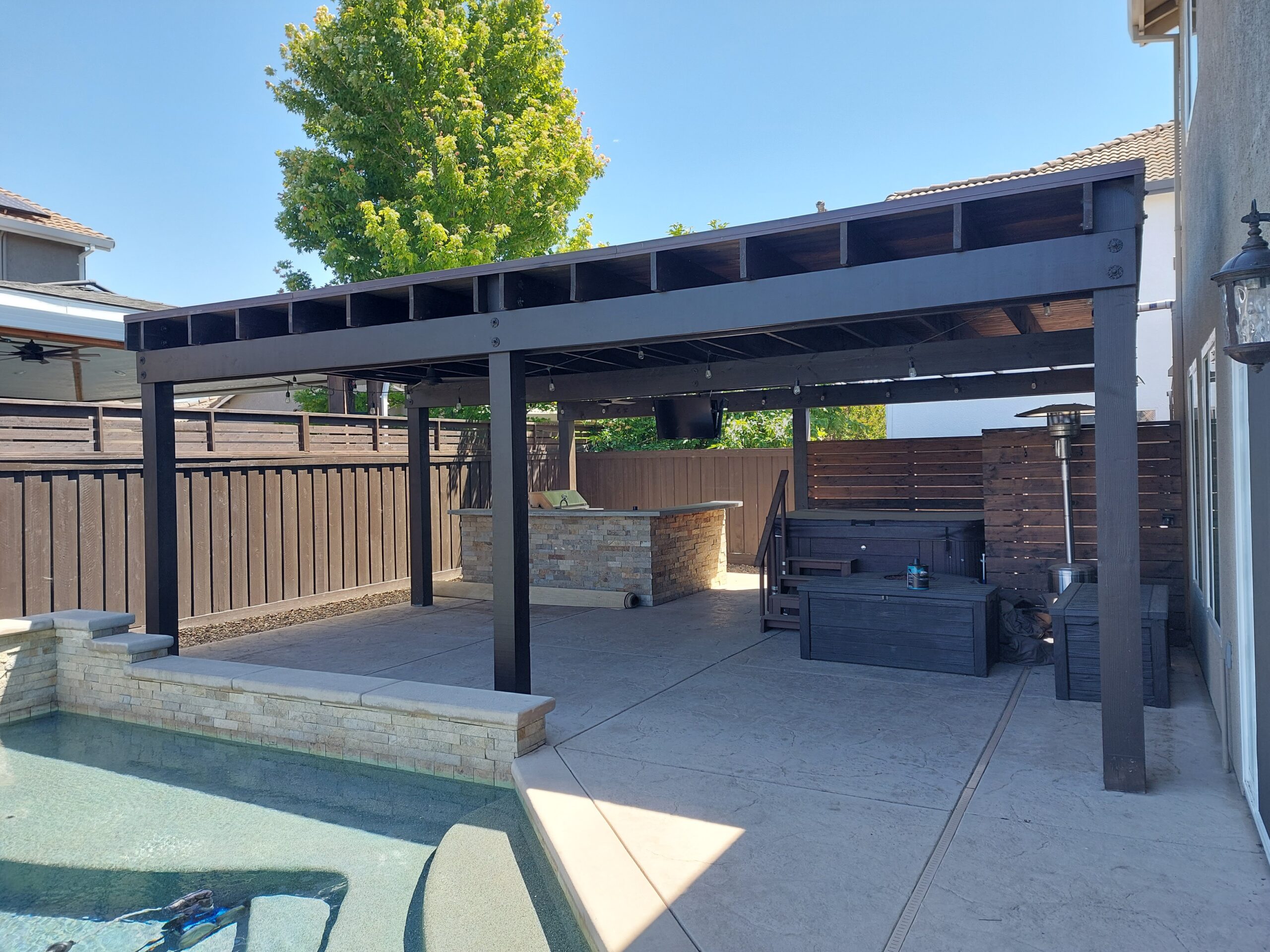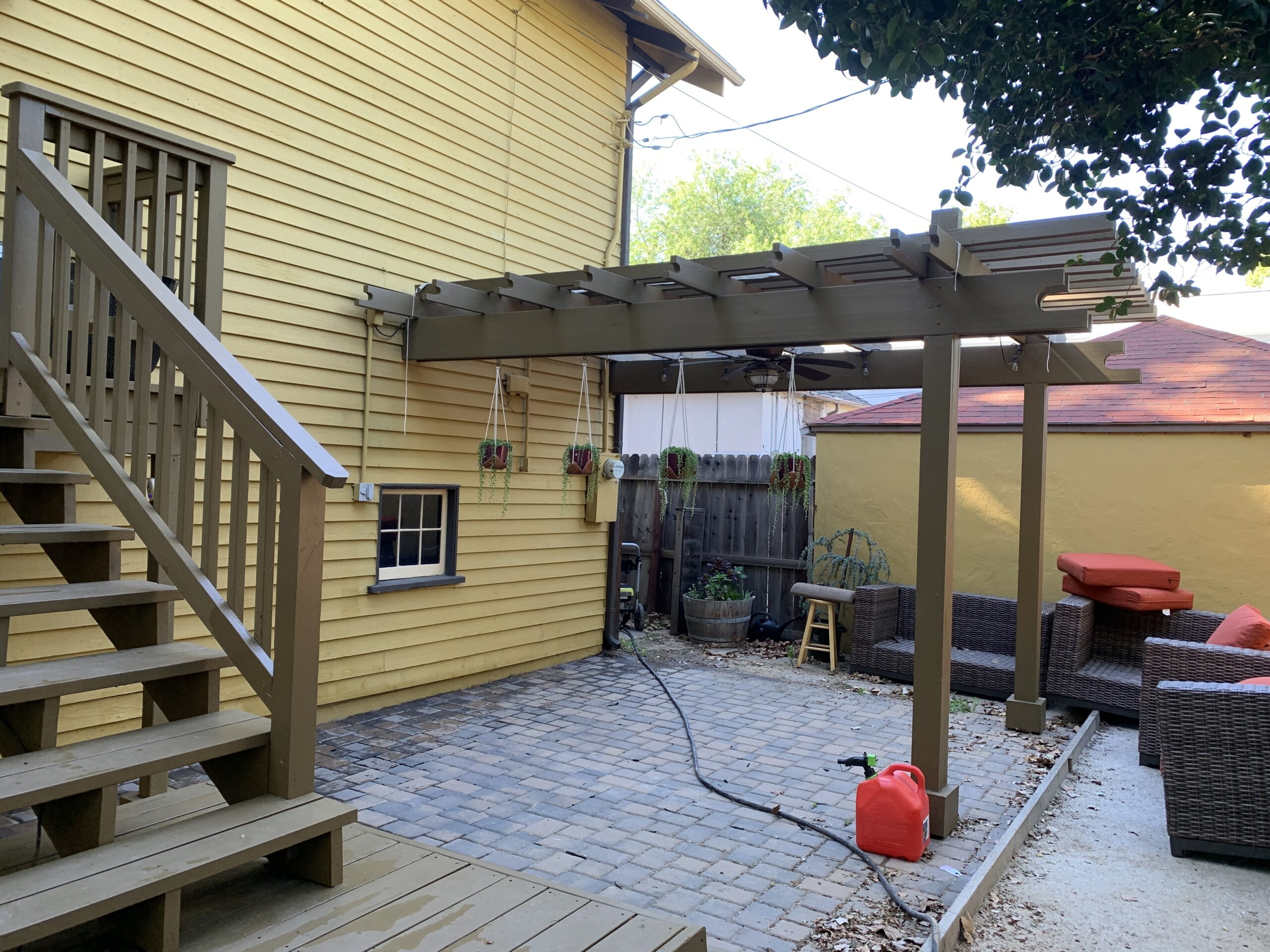Dry rot or wet rot?
Dry Rot Exposure survey
Dry rot is a form of timber decay caused by fungal growth as air-borne spores germinate when they come into contact with a food source such as timber, which has become damp. It is one of the most damaging conditions you can encounter on a property. It severely impacts structural integrity as it aggressively spreads from one area of timber to the next.
Contrary to its name, dry rot needs moisture to flourish and grow, and it can be hard to spot because it often grows where people do not look, such as under floorboards, behind paneling, in lofts, or behind plaster away from light. Affected timber will be covered in a white growth of fungal strands (mycelium) on its reverse side and have large cracks across the wood grain called ‘cuboidal cracking’. Orange/red spore dust may be present too when the fungus produces a fruiting body (mushroom) on the affected timbers too. Dry Rot can spread many feet away from the original source of moisture
Wet rot is not as harmful as dry rot, but it can still cause substantial damage to properties. It attacks timber in much wetter conditions, making it a common cause of structural defects, particularly when allowed to go untreated. When excess moisture is absorbed by timber it can allow fungal spores to germinate and produce enzymes that break down the cellulose in timber leading to the timber losing its strength. Wet rot can be identified by a damp musty smell, small cracking across the grain, softening of timber, and noticeable discoloration of the wood. Wet rot will only occur where the moisture source is located.


